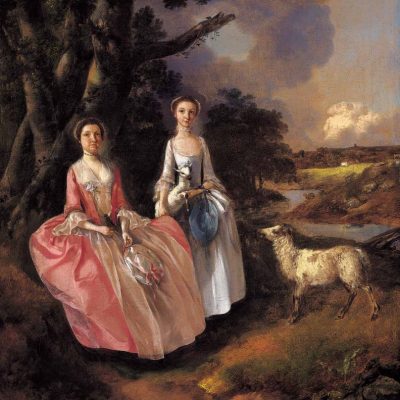
Thomas Gainsborough (1727–88) was one of the most fashionable portrait painters of his day and a pioneer of British landscape painting.
Born in the rural town of Sudbury, Suffolk, he spent his childhood sketching in the surrounding countryside, which instilled in him a life-long passion for depicting nature. At thirteen he was sent to London to become a professional artist, studying under the French designer Hubert-François Gravelot and the painter Francis Hayman. After several years in London, he moved back to Suffolk to work as a portrait painter, first in Sudbury and then the larger town of Ipswich. However, Gainsborough’s true passion was always for the genre of landscape, which he often introduced into his portraits, and he painted romantic, mostly imaginary depictions of rural landscape throughout his career. It was through his landscapes that he proved himself to be a highly original and independent artist.
In 1759 Gainsborough decided to move his wife and two young daughters to Bath, in search of a wealthier clientele. His success was rapid and coincided with the emergence of public forums for art, most crucially the Royal Academy’s annual exhibition in London, where he exhibited just over a hundred of his portraits, landscapes and ‘fancy pictures’. Gainsborough was a founding member of the Royal Academy. In 1774, after more than a decade in Bath, Gainsborough moved permanently back to London and became a favourite painter of King George III and his family. He died in 1788 at the age of 61 and is buried at Kew Churchyard.
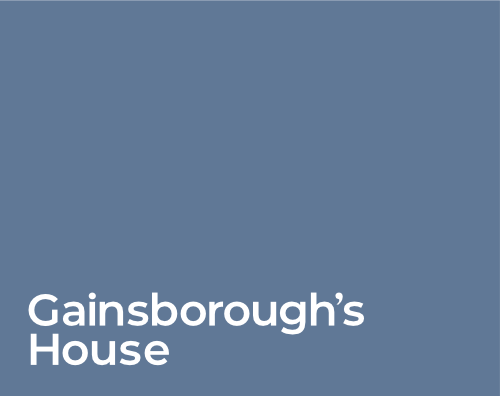
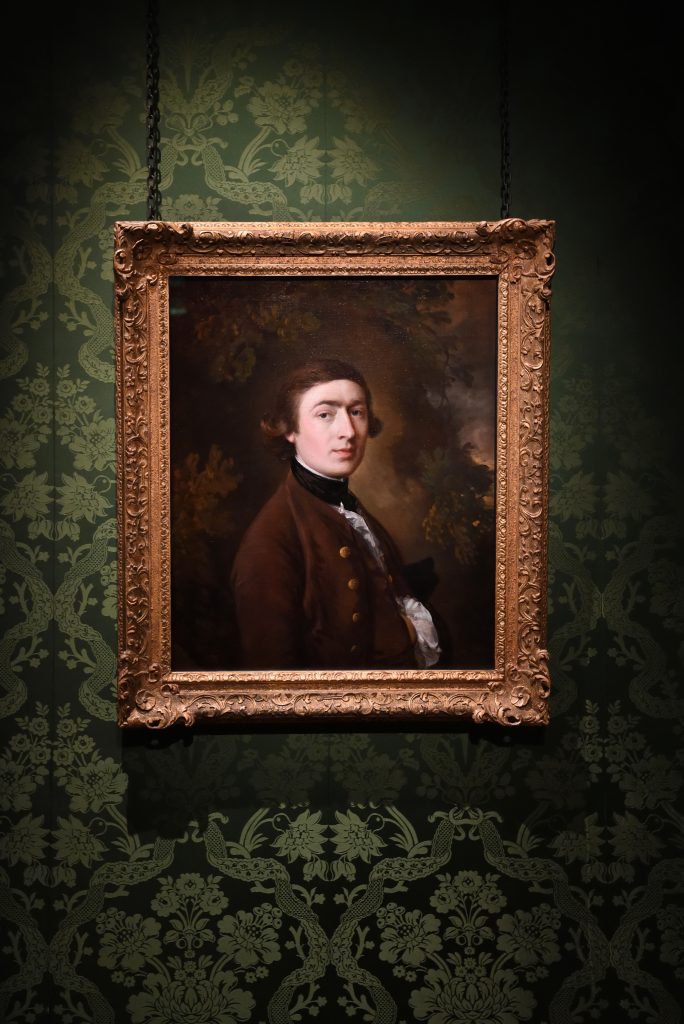
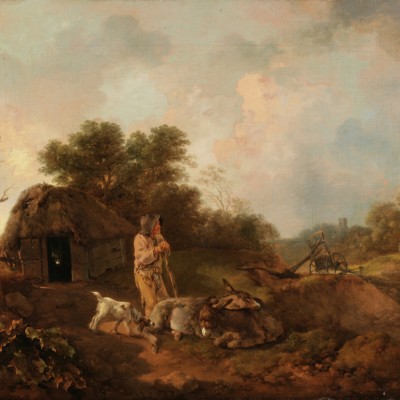
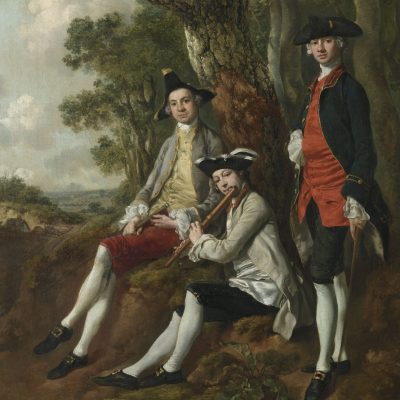
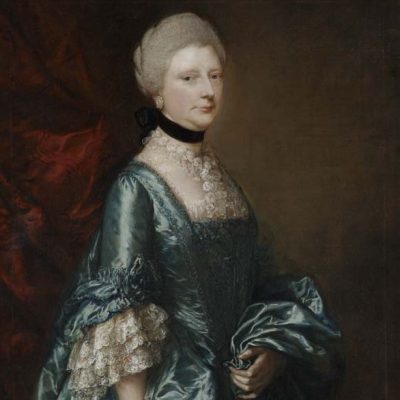
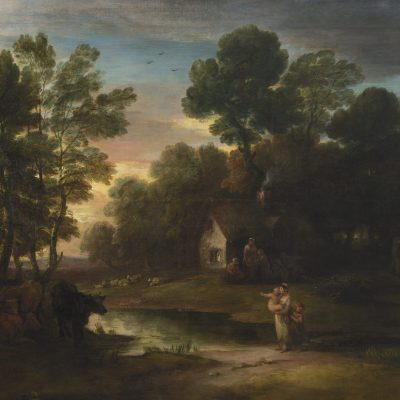
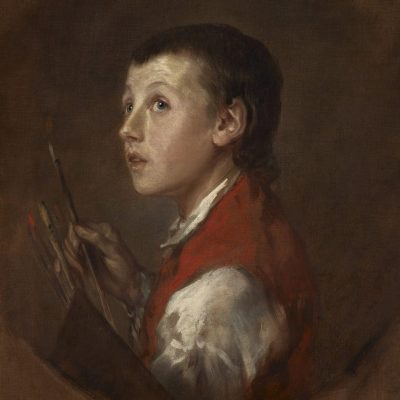
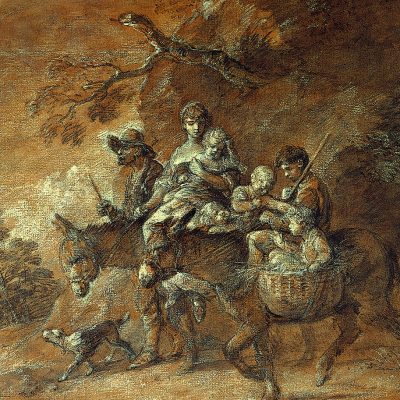
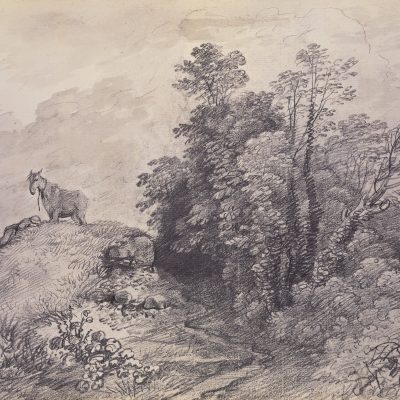
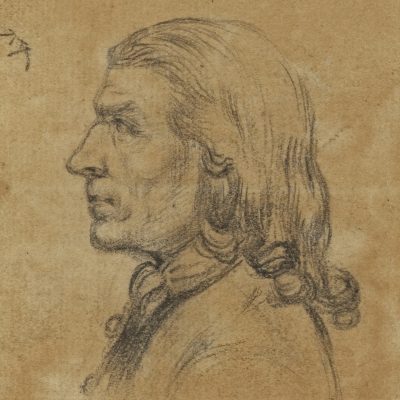

![An image of the drawing Wooded Landscape with Peasant Reading a Tombstone, Rustic Lovers and Ruined Church [Second State] by Thomas Gainsborough.](https://gainsborough.org/wp-content/uploads/2024/04/1989-057-high-res-copy-400x400.jpg)